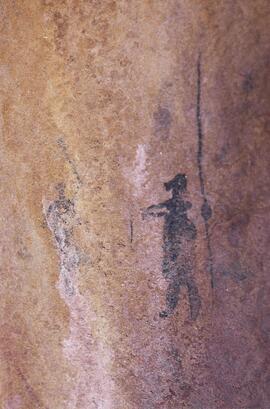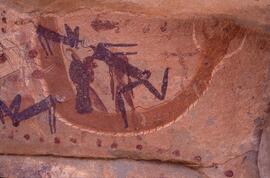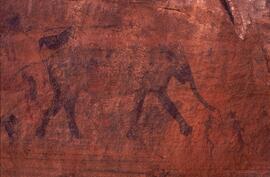RARI RARI-RARI-RSA-WAD1-1R.jpg
·
Item
Part of RARI
Elements area
Taxonomy
Code
Scope note(s)
Source note(s)
Display note(s)
Hierarchical terms
Cathcart
BT Eastern Cape
Cathcart
- NT Ardoff I
- NT Ardoff II
- NT Ardoff III
- NT Ardoff IV
- NT Ardoff V
- NT Ardoff VI
- NT Ardoff VII
- NT Benghoil I
- NT Benghoil II
- NT Benghoil III
- NT Blackpool I
- NT Craikcross I
- NT Duncraggan I
- NT Esher I 119
- NT Esher II 119
- NT Farm I 37
- NT Farm I 81
- NT Farm III 81
- NT Farm IV 81
- NT Farm V 81
- NT Farm VI 81
- NT Farm VII 81
- NT Farm VIII 81
- NT Grey Craig II
- NT Hala and Cathcart
- NT Hartfield I
- NT Hooroosh Craig I
- NT Isadale I 288
- NT Longfield I
- NT Longfield II
- NT Longfield III
- NT Longreach I
- NT Longreach II
- NT Longreach III
- NT Middle Drift I
- NT Middle Drift II
- NT Middle Drift III
- NT Middle Drift IV
- NT Middle Drift V
- NT Riverside I
- NT Sada and Cathcart
- NT Scrapfield I
- NT Scrapfield II
- NT Seymour and Cathcart
- NT Toplands I
- NT Toplands II
- NT Traders Drift I











